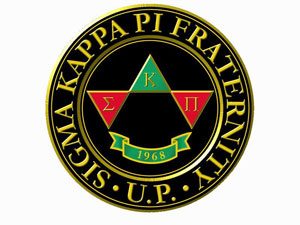When Marcos declared martial law in September 1972, I was a student in UP Diliman taking up B.S. Chemical Engineering. When UP classes reopened around October or November (after a few weeks’ suspension due to the initial uncertainties of martial law), I decided to also go back to my studies while at the same time doing clandestine work with other comrades inside the university as underground ND activists. All my subjects as a freshman were still limited to the general arts and sciences at the Palma Hall (the famous “AS”). And that’s where this story about my short dalliance with frats is supposed to begin. Continue reading “How I transcended my frat leanings”
The lowly banga
Two weeks ago, we prepared and feasted on a dish that I had never tasted since maybe 30 years ago. It was ordinary paksiw na bangus, but cooked as it should be: in a clay pot, called banga in many Philippine languages. I didn’t know if it was just my imagination, but my taste buds told me it was a lot different when food is cooked in a banga, set over wood fire.
Writing about pots, at first I thought, would be one of the dullest chores I ever did. But since I had started this streak of writing about fireplaces anyway, I might as well continue with its logical extension: to write about the endangered craft of native pottery. I don’t think I’ve succeeded. Continue reading “The lowly banga”
A half-forgotten Quiapo bookstore
Does anybody above 50 still remember PECO? I do. It was one of my earliest recollections of shopping in Quiapo with my mother.
PECO meant Philippine Educational Company. It was along Arlegui, just a corner away from the north-bound foot of the Quezon bridge, which back then still smelled of fresh river water. A quick search indicates that it was established by one of the Thomasites in the early 20th century, and had become one of the biggest bookstores in the country after World War II. In my vague recollections, it had the feel of a bombed-out building or a huge warehouse, with rough unpainted concrete posts and beams, and would be considered absolutely ugly by today’s Powerbooks standards.




